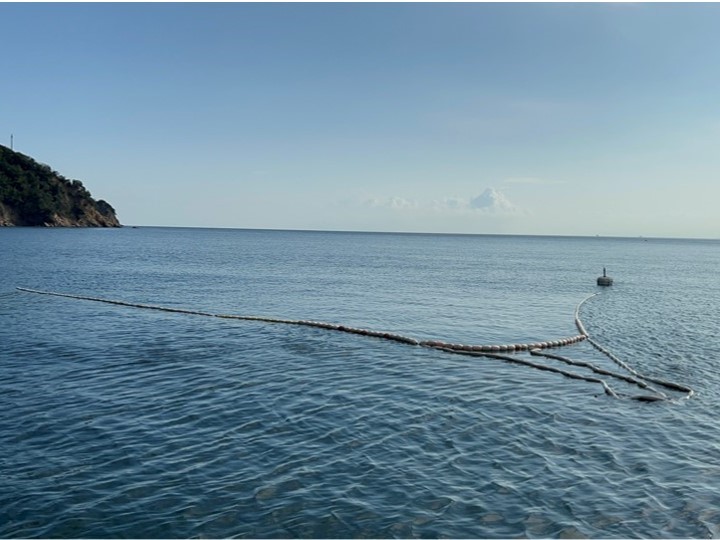Finding Value in Marine Debris
We visualize and share data on collection activities around the world with our Marine Debris MAP. Through the know-how of marine and riverine collection equipment and separate beach cleanup activities, we realize efficient deployment of waste collection. Furthermore, we promote a circular economy that recycles collected waste and creates new value. By utilizing technological innovation and digital tools, we will create a sustainable future that balances environmental conservation and resource utilization.
Marine Debris MAP
“Marine Debris MAP” is a tool to visualize marine debris collection activities around the world as data. Anyone can easily check and share the status of collection, and see at a glance the issues and progress in each region. Through this data, it is a platform to increase the number of supporters and partners, and to achieve more waste collection and recycling.

Marine Debris Collection
Our collection efforts address marine, seabed, river, and shoreline waste collection, and we use proprietary technologies and survey schemes to ensure effective collection. We achieve more efficient collection with our low-cost, environmentally friendly compact collection equipment and segregated beach cleans.

Recycling
We promote efforts to recycle collected marine debris as a resource. By carefully sorting and processing materials and turning them into new products and materials as recyclable resources, we contribute to the realization of a recycling-oriented economy. By working with companies and creators to transform marine debris into valuable resources, we aim to create a sustainable society.

